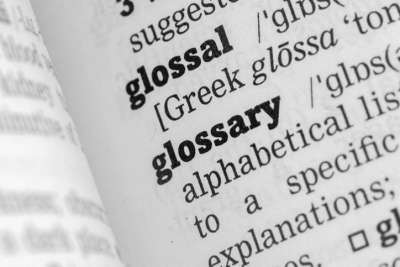How can I use authentic assessment in my classroom?
Authentic assessment utilizes performance samples – learning activities that encourage students to use higher-order thinking skills. There are five major types of performance samples:
1. Performance Assessment
Performance assessments test students' ability to use skills in a variety of authentic contexts. They frequently require students to work collaboratively and to apply skills and concepts to solve complex problems. Short- and long-term tasks include such activities as:
- writing, revising, and presenting a report to the class
- conducting a week-long science experiment and analyzing the results
- working with a team to prepare a position in a classroom debate
Many teachers use short investigations to assess how well students have mastered basic concepts and skills. Most short investigations begin with a stimulus, like a math problem, political cartoon, map, or excerpt from a primary source. The teacher may ask students to interpret, describe, calculate, explain, or predict. These investigations may use enhanced multiple-choice questions. Or they may use concept mapping, a technique that assesses how well students understand relationships among concepts.
3. Open-Response Questions
Open-response questions, like short investigations, present students with a stimulus and ask them to respond. Responses include:
- a brief written or oral answer
- a mathematical solution
- a drawing
- a diagram, chart, or graph
A portfolio documents learning over time. This long-term perspective accounts for student improvement and teaches students the value of self-assessment, editing, and revision. A student portfolio can include:
- journal entries and reflective writing
- peer reviews
- artwork, diagrams, charts, and graphs
- group reports
- student notes and outlines
- rough drafts and polished writing
Self-assessment requires students to evaluate their own participation, process, and products. Evaluative questions are the basic tools of self-assessment. Students give written or oral responses to questions like:
- What was the most difficult part of this project for you?
- What do you think you should do next?
- If you could do this task again, what would you do differently?
- What did you learn from this project?
Because authentic assessment emphasizes process and performance, it encourages students to practice critical-thinking skills and to get excited about the things they are learning. Try it in your classroom!
![]()
Articles
Creating Meaningful Performance Assessments
Portfolio Assessment
Rubrics: An Overview














